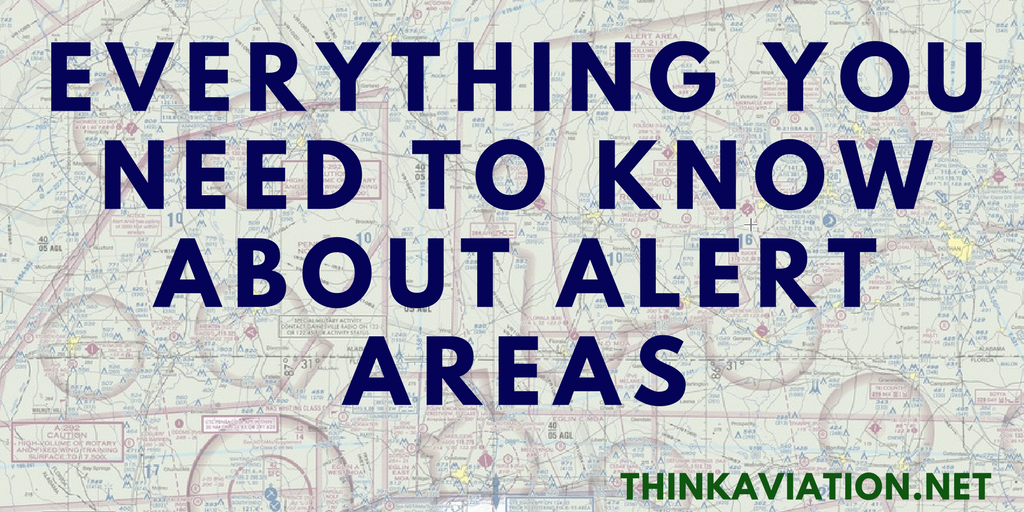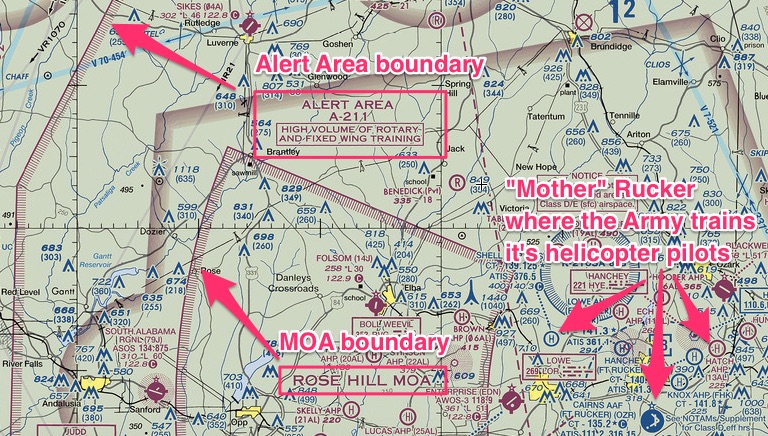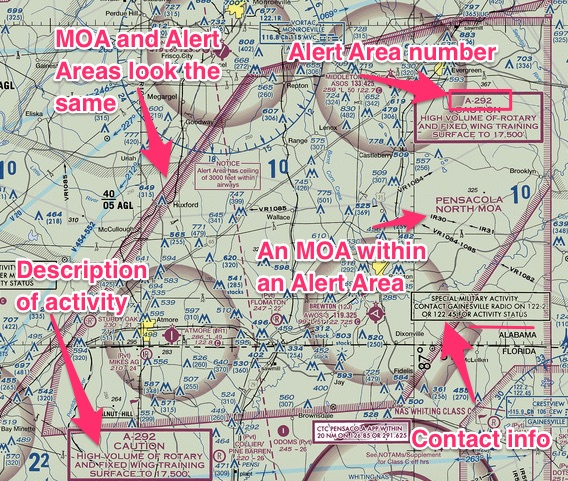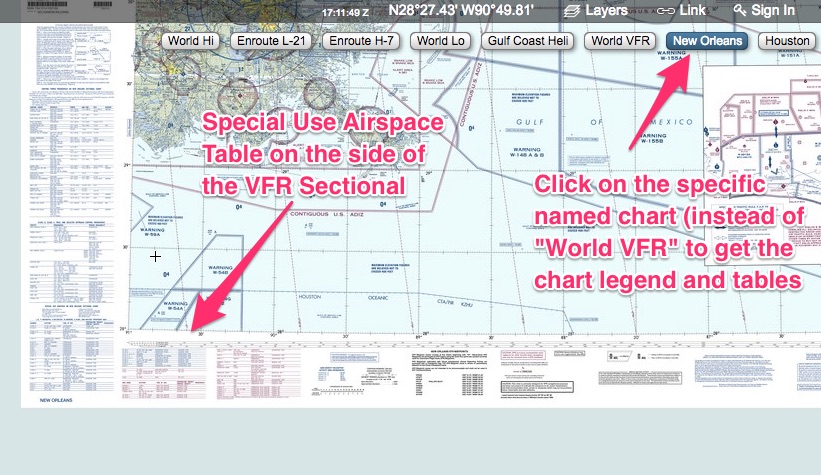
Alert areas are one of the six special use airspaces. The special use airspaces are listed below:
- Prohibited areas (regulatory)
- Restricted areas (regulatory)
- Warning areas
- Military operation areas (MOAs)
- Alert areas
- Controlled firing areas (CFAs)
Click on the blue articles to read more. I intend to cover them all, but for now, let’s talk Alert Areas.
The AIM defines Alera areas as: “Areas depicted on aeronautical charts to inform nonparticipating pilots of areas that may contain a high volume of pilot training or an unusual type of aerial activity.”
Okay, great, but what does that actually mean?
It means there is a good chance you could have a mid-air with a military aircraft doing crazy things.
It means you should consider going around the Alert Areas during training time.
Unlike Military Operations Areas which exist to separate IFR traffic from military activity, Alert Areas are a way to alert the average joe pilot to abnormal flying activity.
The more you fly, the more you come to expect certain behaviors from your fellow pilots. For example, pilots will fly at odd thousands when flying VFR. Their approaches on final are controlled and for lack of a better word, boring.
You won’t find that in Alert areas. These students are learning the limits of their aircraft, and they will fly at altitudes and airspeeds you aren’t used to seeing. They will do fast and daring landings, approaches and takeoffs. You really don’t want to be around.
So, hopefully, I’ve convinced you to avoid Alert Areas, but sometimes you can’t. They are too big.
Let’s dig into how to research Alert Areas.
How do you identify the dimensions of an Alert Area?
The Alert Areas look just like Military Operations Areas. The magenta hash marks show the border. Unfortunately, this can get confusing when there is a MOA embedded in the Alert Area.

Now that you know how to identify Alert Areas, you need to know when they are open.
How can you find out when Alert Areas are active?
Here is a list of several ways to know when it’s active.
- VFR sectional (keep reading for how to do that)
- Talk to a local CFI at an airport in the middle of an Alert Area, they will have dealt extensively with the operational times.
- Get to know one of the students training at the local base and ask them about their training schedule.
- Call the local base to ask them the most active times, but be careful with this one. They will think you are ISIS and probably won’t give you the information. It doesn’t hurt to try, though. Explain who you are and why you need the information. Ask for non-flying times.
- Pay attention if you live in an Alert Area as you can probably figure it out.
For most pilots, though, you are just transiting and you won’t have the insider information. If this is you, your first stop is the VFR Sectional.
A lot of time the information is printed directly on the sectional like this one below:

If the information you need isn’t near the Alert Area you need to go to the side of the VFR Sectional and look at the table listing Prohibited, Warning, Restricted and Alert Areas.
The best way to do that digitally is to go to Skyvector.com and click on the named chart (ie. New Orleans, Houston, Seattle, etc)
Normally when you pull up Skyvector.com you will have the “World VFR” chart displayed which won’t give you the VFR Sectional legend. Check it out:

When you dig in deeper to the charts you will find specific information on the Alert Area:

Tips on flying through an Alert Area
- If you can’t fly around Alert Areas, fly above or below them. Look at the chart above. A-381 only goes to 2000 feet. Fly at 3500 feet and you’re fine!
- Fly on the weekends since the military usually doesn’t train on the weekends.
- Most Alert Areas will not have a controlling agency. You don’t have to call anyone to get permission to enter. But, now you are flying at your own risk!
Additional Tips
These tips will also help you plan your trip through Alert Areas.
- The military doesn’t train on federal holidays, even the obscure ones like President’s day. You can also expect the week of Christmas to be dead.
- They hardly ever train on weekends unless they are behind but check the specific Alert Area as they may train on Saturday.
- They usually train during three primary periods: morning, afternoon and night with breaks between the periods.
- The breaks last a few hours between those periods while students get briefed for the day’s flight. For example, the flights might go from 0730-1130, 1330-1730 and 1930-2330hrs.
- If you know when the students swap out, you can cruise through unhindered even when the Alert Area is listed as active from 0600 to 2200.
That’s it on Alert Areas. Do your research. Make a few phone calls to local CFIs.
I do recommend you avoid them when possible, but it’s not always cost-effective to do so.